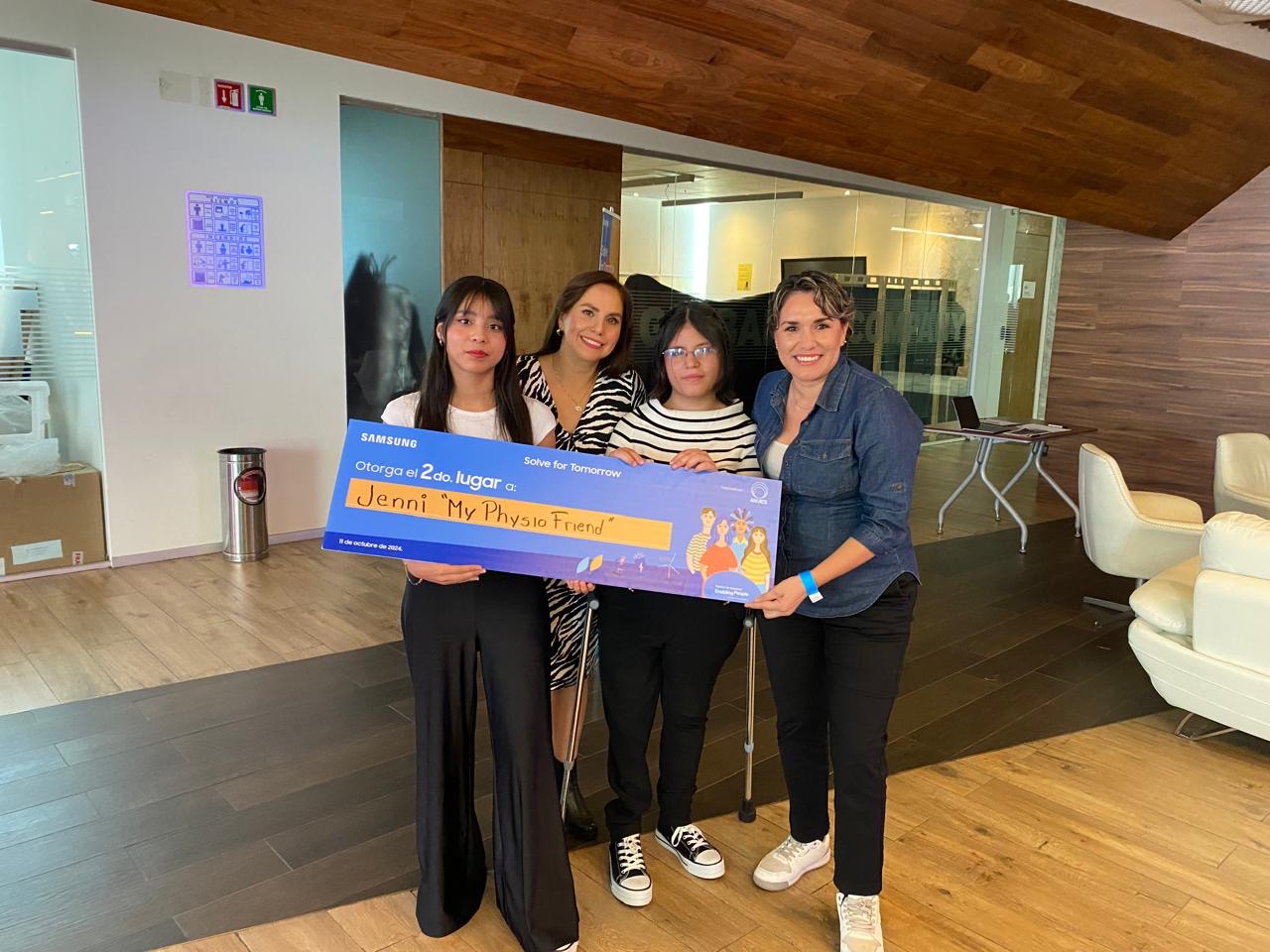Schools are spaces that protect diversity. It is through encounters with others that young people learn to live with differences and better understand themselves and the world around them. In addition to being an indisputable ethical value, diversity in education is a powerful creative resource for solving real problems during the development of STEM projects (an acronym in English for Science, Technology, Engineering, and Mathematics).
“When students from different backgrounds collaborate, they bring together diverse experiences and perspectives, which help to build more creative, contextualized, and innovative solutions,” explains Leticia Araújo Moreira da Silva, program coordinator at Cenpec, a non-profit organization that acts as a technical partner for Solve for Tomorrow in Brazil. “When diversity is recognized and valued, it also fosters a more inclusive environment, in which everyone tends to feel more comfortable sharing ideas, which can increase the engagement of participants in the project.”
Heterogeneous groups, including women, black students, and students from traditional or peripheral communities, bring STEM solutions that are connected to the problems of their territory. This is the case of the TESLA project: Sustainable School Technology Connected to Arduino, the Solve for Tomorrow 2021 winner in Brazil. To create a biodigester from school lunch waste, a mixed-gender team with multiple profiles was essential: the dreamer, the systematizer, the resilient, etc.
“A plurality of perspectives makes a difference at every project stage,” says Silva. She emphasizes that this contribution can be seen especially in the problem identification phase. “This is when different experiences, trajectories, and sociocultural backgrounds broaden the perception of the context, allowing us to identify problems that might otherwise go unnoticed by some, or that, once identified, can be analyzed from more complex and sensitive angles. It helps reveal nuances and intersections that a homogeneous perspective might not be able to reach. Diversity not only influences what is chosen to be investigated, but also how the solution is interpreted, developed, and implemented throughout the entire process.”
Challenges and opportunities of diversity in education
Assembling diverse teams for STEM projects can reveal challenges that the school community faces in promoting diversity in education. If the school does not offer support to address prejudices or violence related to diversity of race, gender, and social class, this makes it difficult to form heterogeneous groups, as well as the desire of these students to participate in these and other school initiatives.
“Overcoming these challenges requires the creation of daily strategies, incorporated into the school’s Political-Pedagogical Project. This approach expands the issue beyond the simple formation of teams, assuming an ethical and political stance committed to the school’s social role,” she adds.
Silva also recommends other strategies that should be encouraged by educators and coordinators, such as: promoting a climate of mutual respect and trust, building environments conducive to active listening and effective participation; recognizing and valuing different forms of expression, leadership and knowledge; and above all, creating safe and welcoming spaces within the classroom, so that students feel comfortable and confident in expressing their ideas.
Another good example of an initiative born from diversity in education is the project “JENNI – My Physio Friend”, which won second place in Solve for Tomorrow 2024 in Mexico. Two high school students (pre-university school) created a rehabilitation app with artificial intelligence, focused on people with prosthetics. Jennifer, a student with a disability and one of the initiative’s members, brought her personal perspective to create a digital tool that suggests exercises and directs people who use prosthetics to rehabilitation facilities.
For educators who want to include diversity in their STEM methodologies, Silva believes that Project-Based Learning (PBL) and Design Thinking are good inclusion tools, encouraging student leadership and encouraging teachers to work collaboratively and innovatively. Another strategy suggested by the educator is to “start classes with discussion groups in which everyone can express themselves, creating an environment of active listening and mutual respect, which are the basis for innovation based on diversity.”
As the projects “TESLA: Sustainable School Technology Connected to Arduino” and “JENNI – My Physio Friend” demonstrate, initiatives that start from real community challenges and are developed by different voices, “enrich the process and favor the creation of more creative and inclusive solutions”, concludes the Cenpec coordinator.





